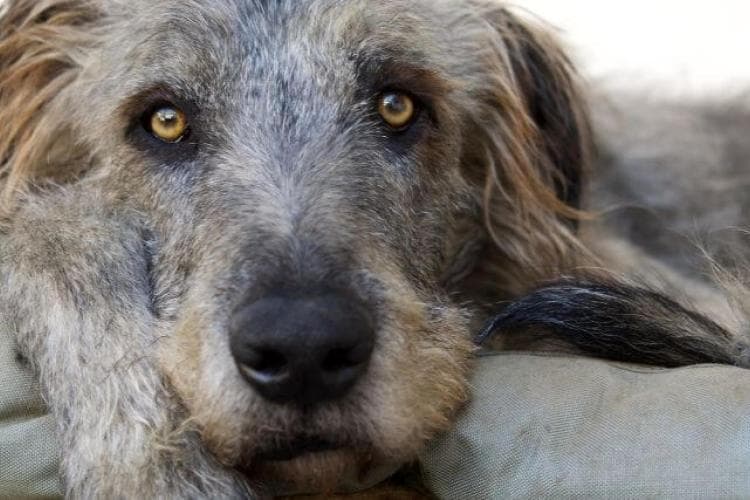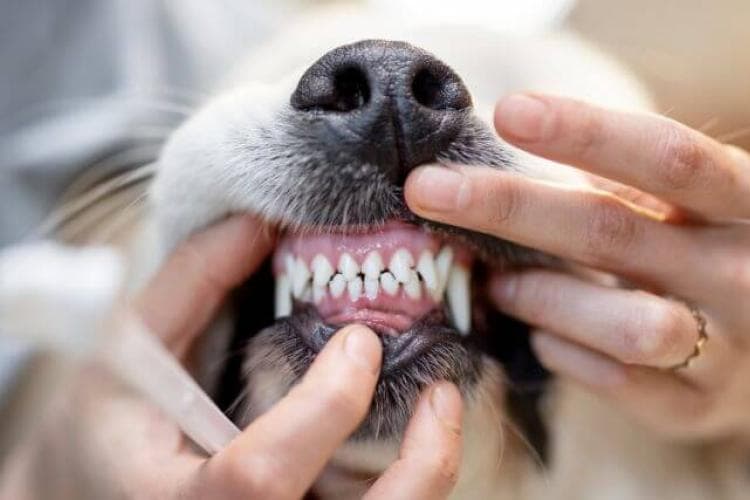
The veterinary landscape is continually evolving at an ever-quickening pace, driven by technological advancements and
No Off-Season: Why Flea and Tick Prevention Matters All Year Long
Fleas and ticks may be tiny, but they can cause big problems for our furry friends.
The Ultimate Dog Dental Guide: Nurturing Your Canine's Canines
Often overlooked but immensely important, dental health is a key piece of the puzzle in your dog’s overall well-being



